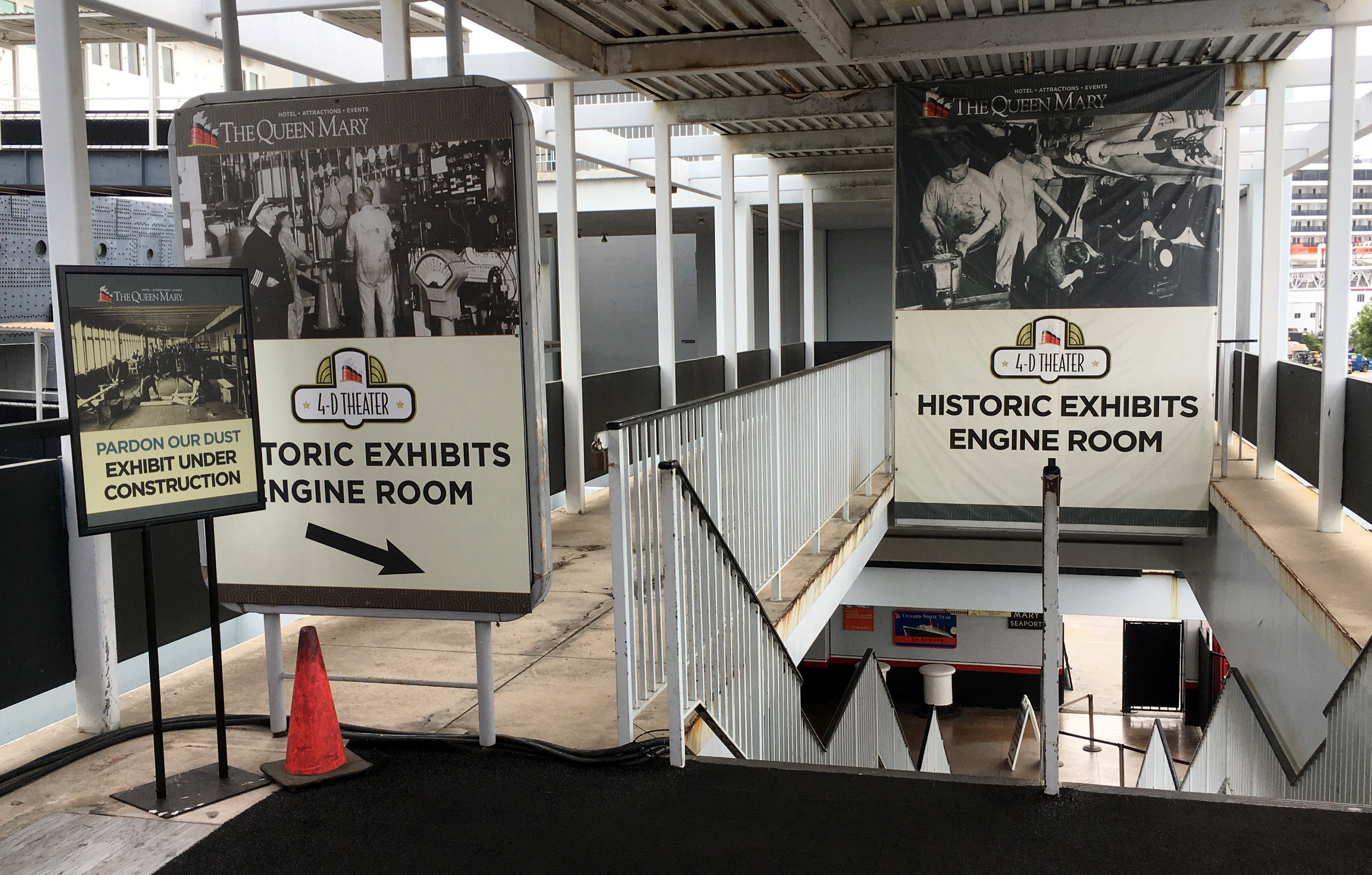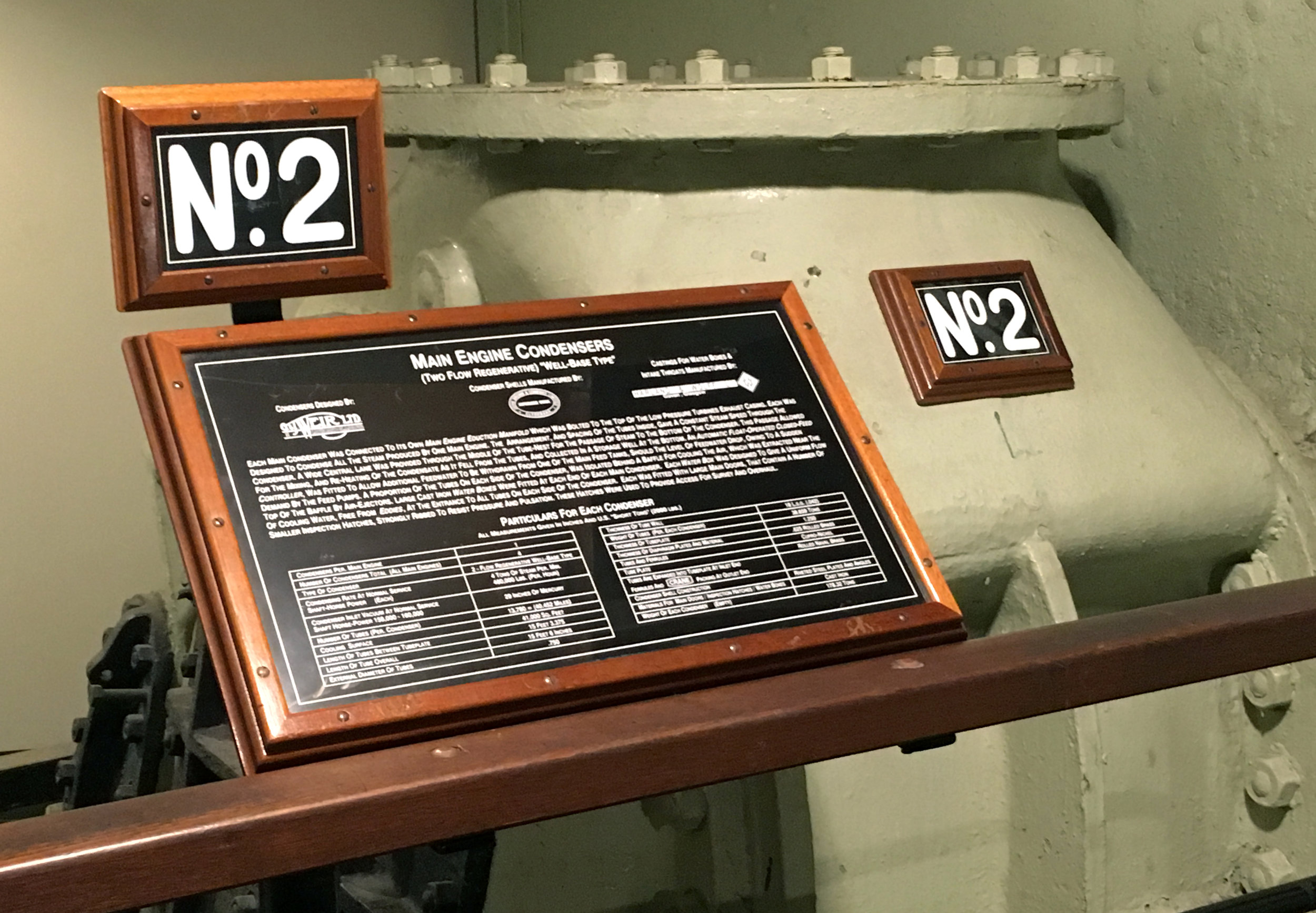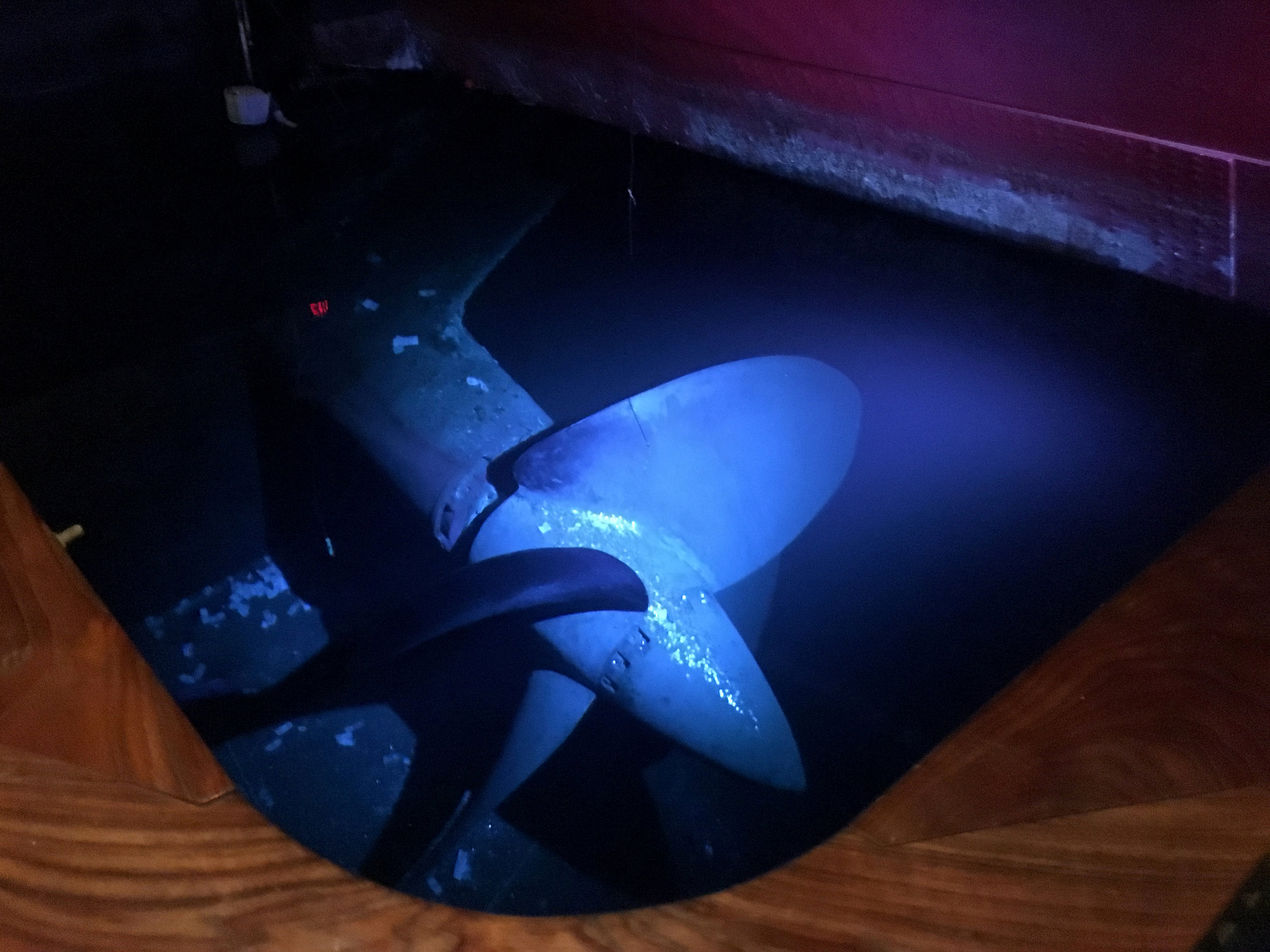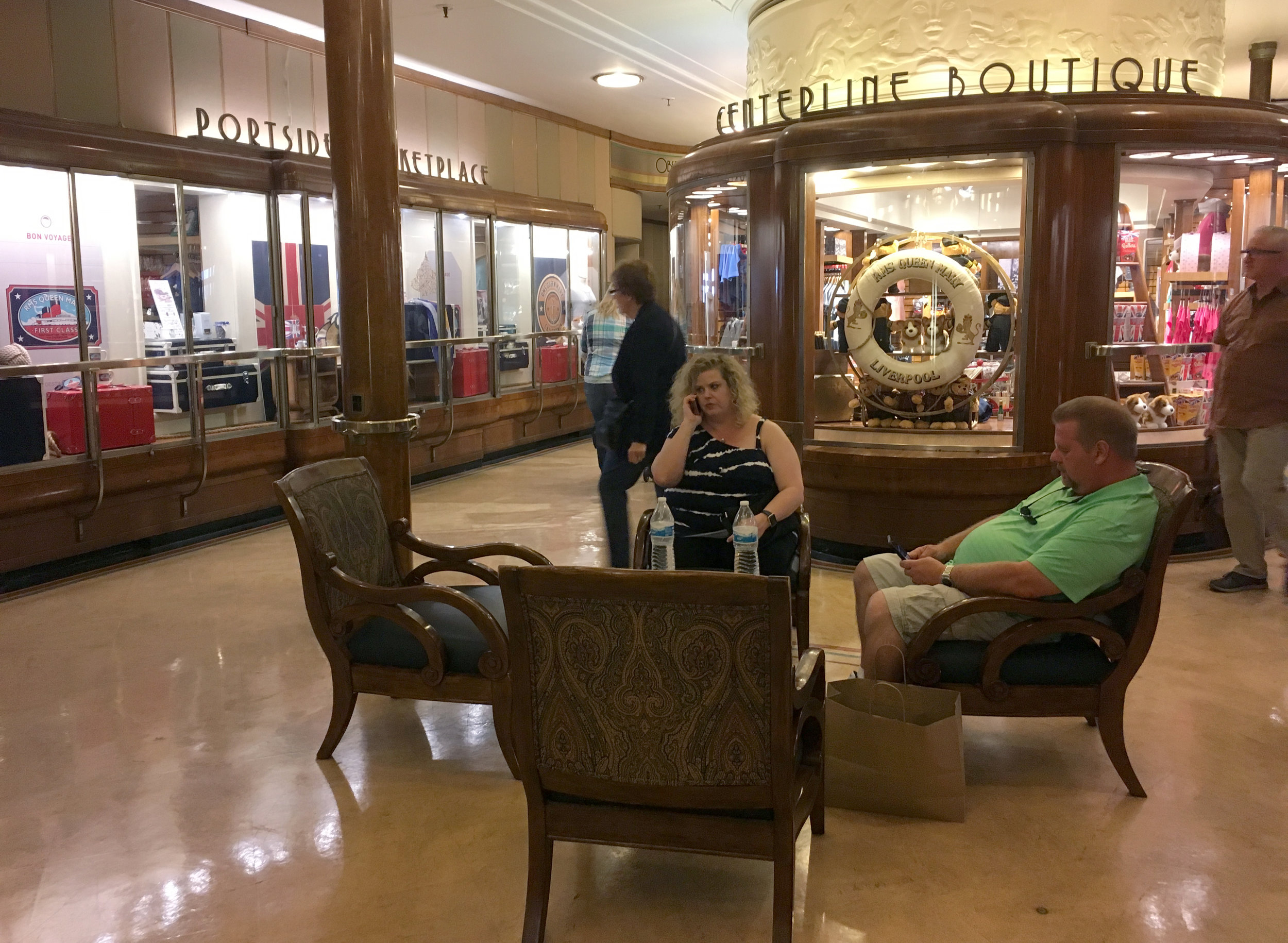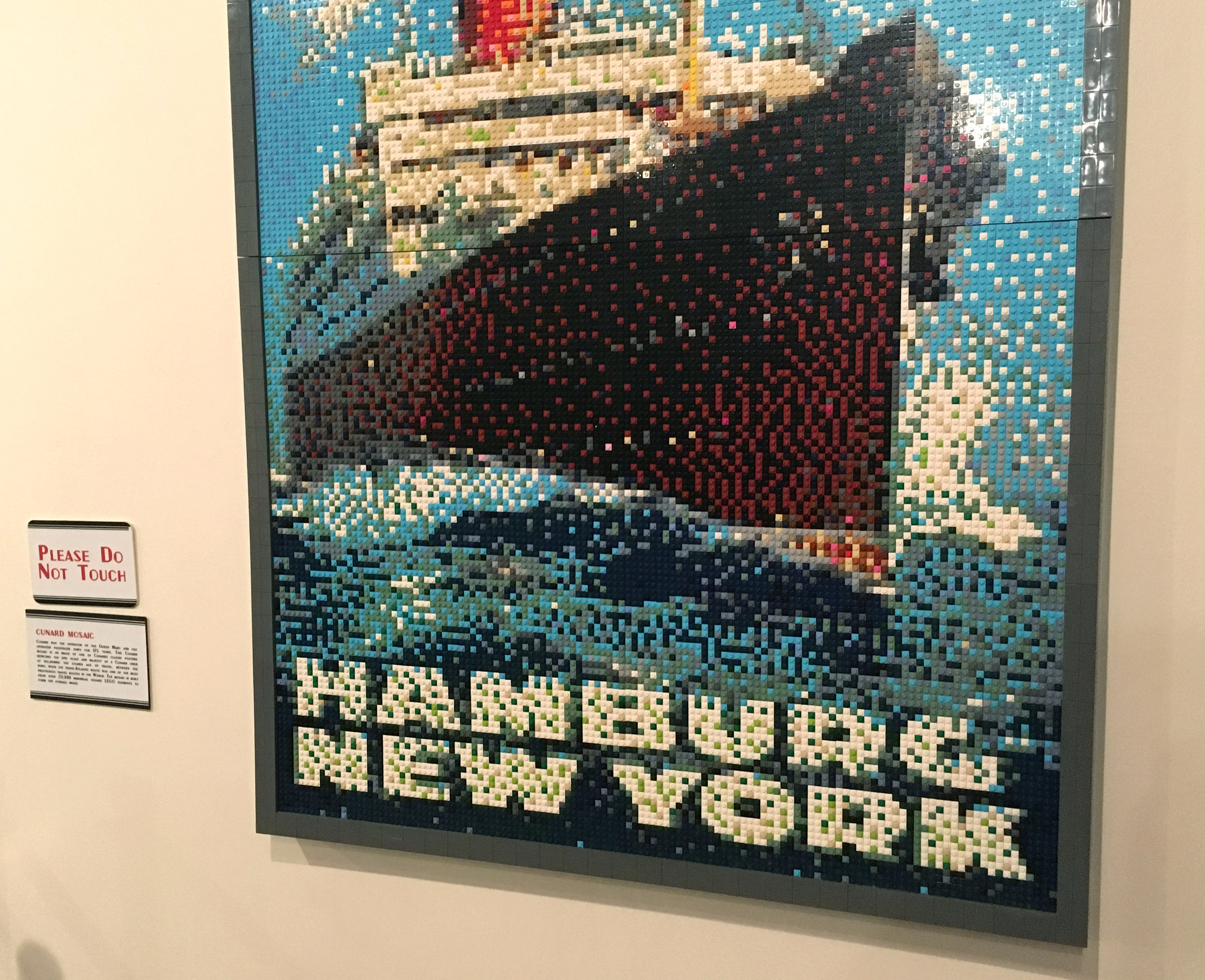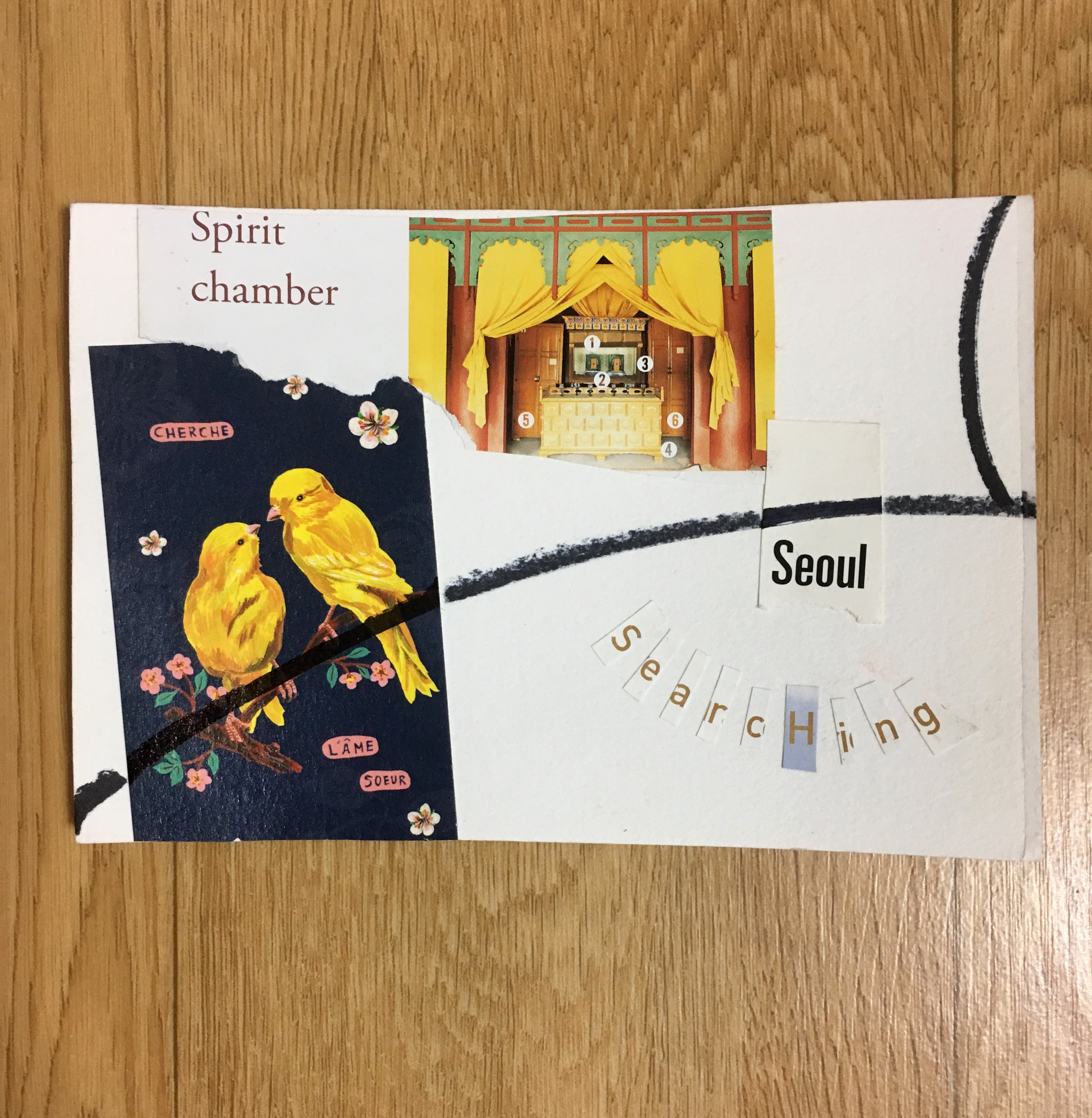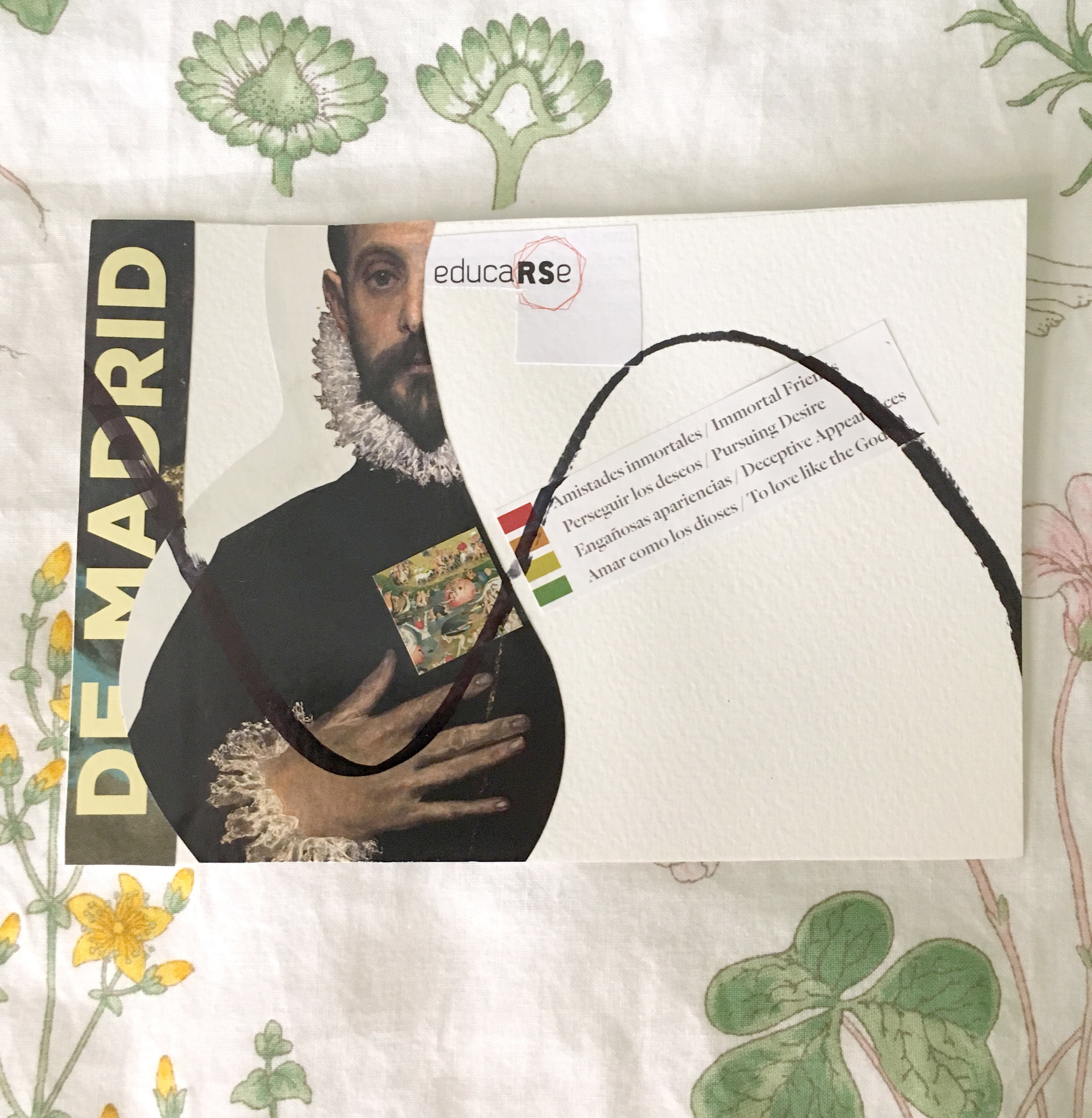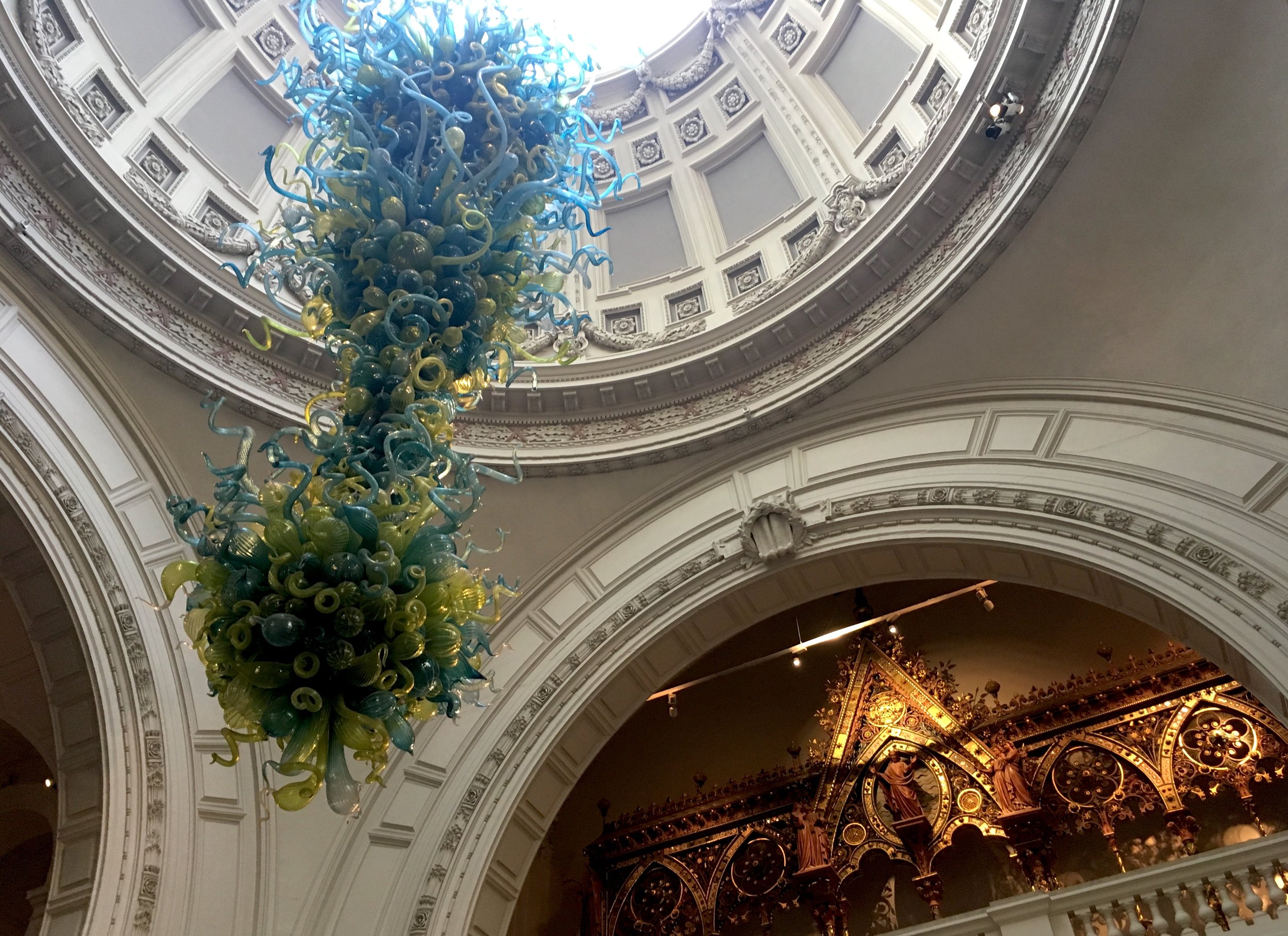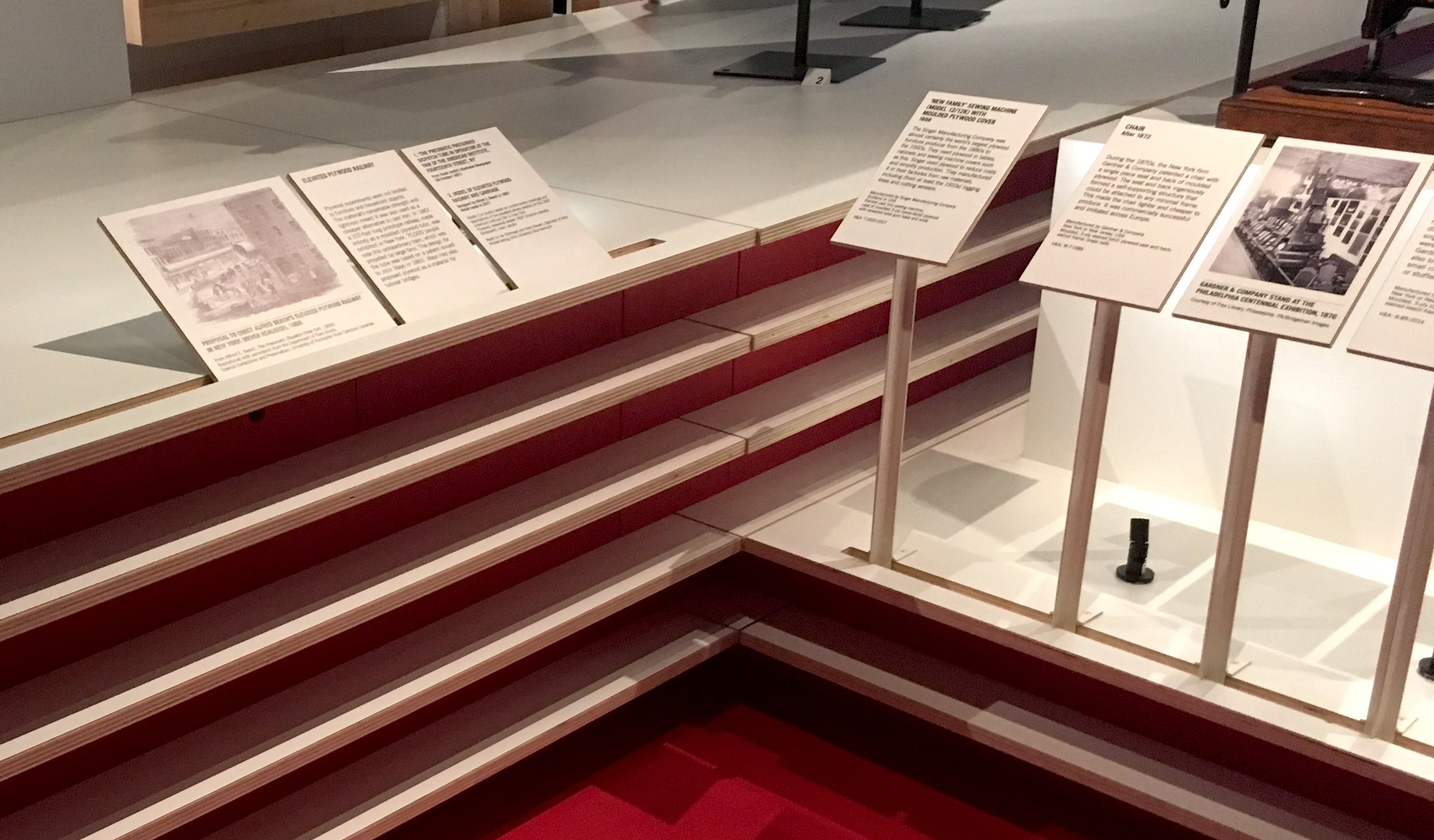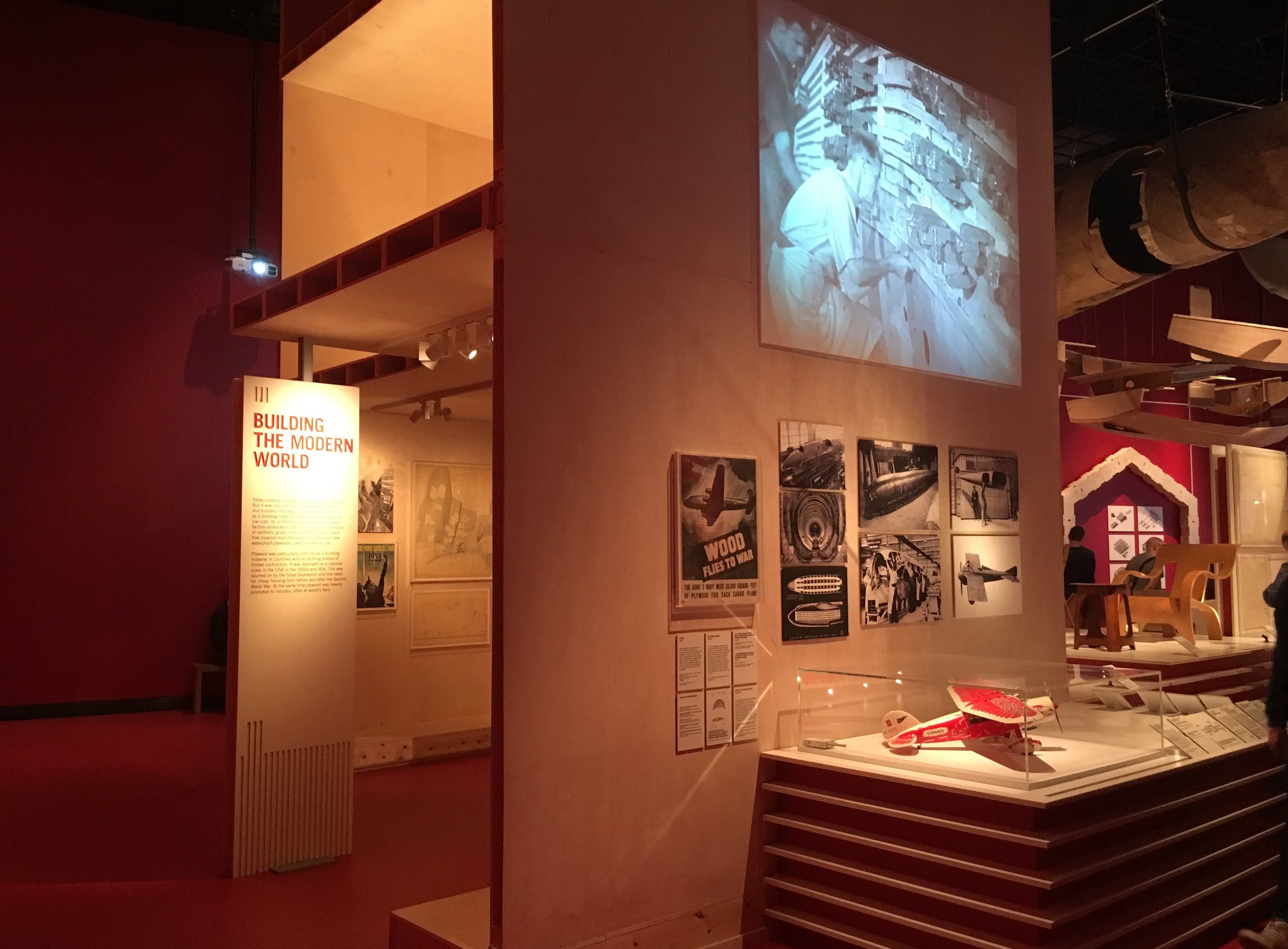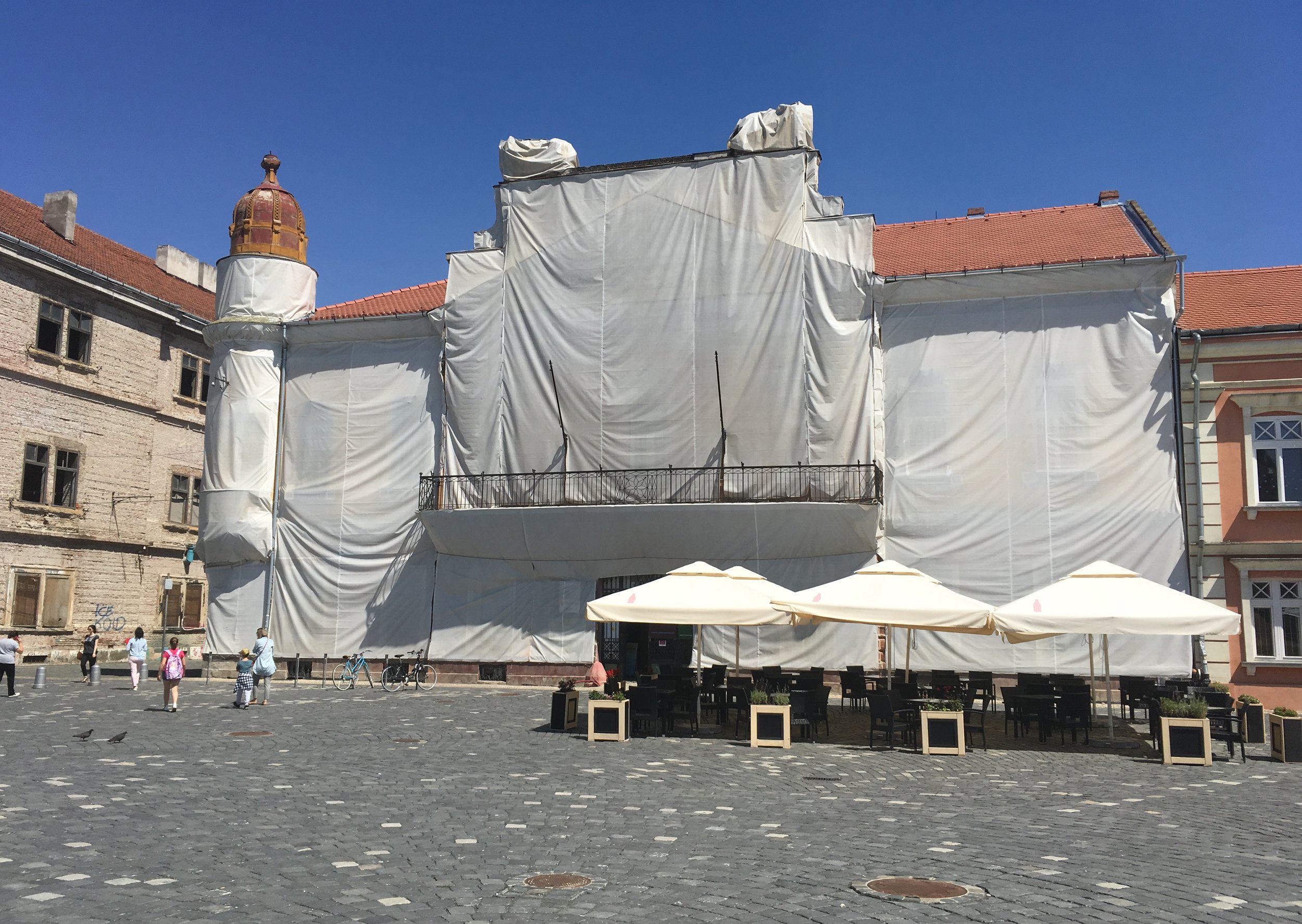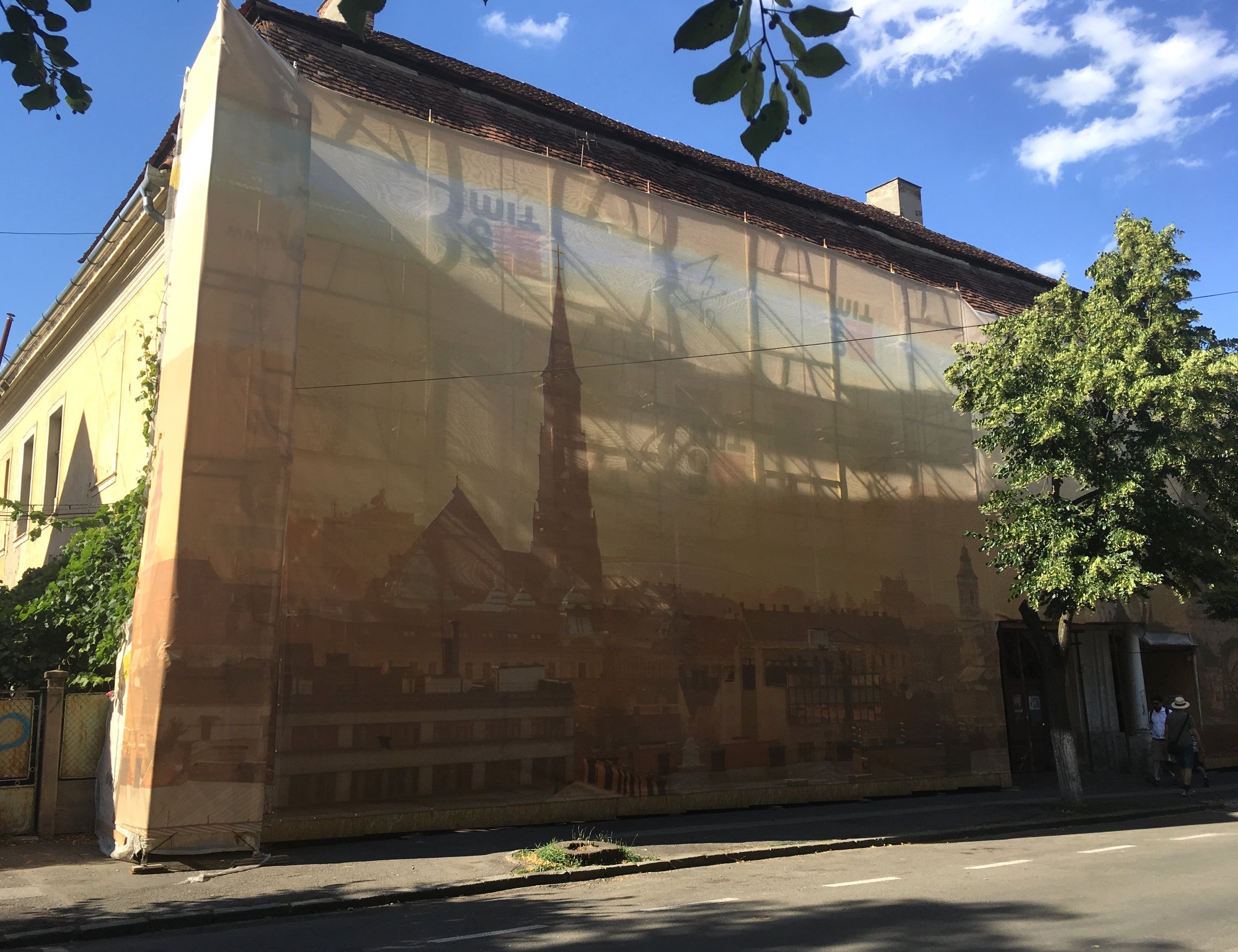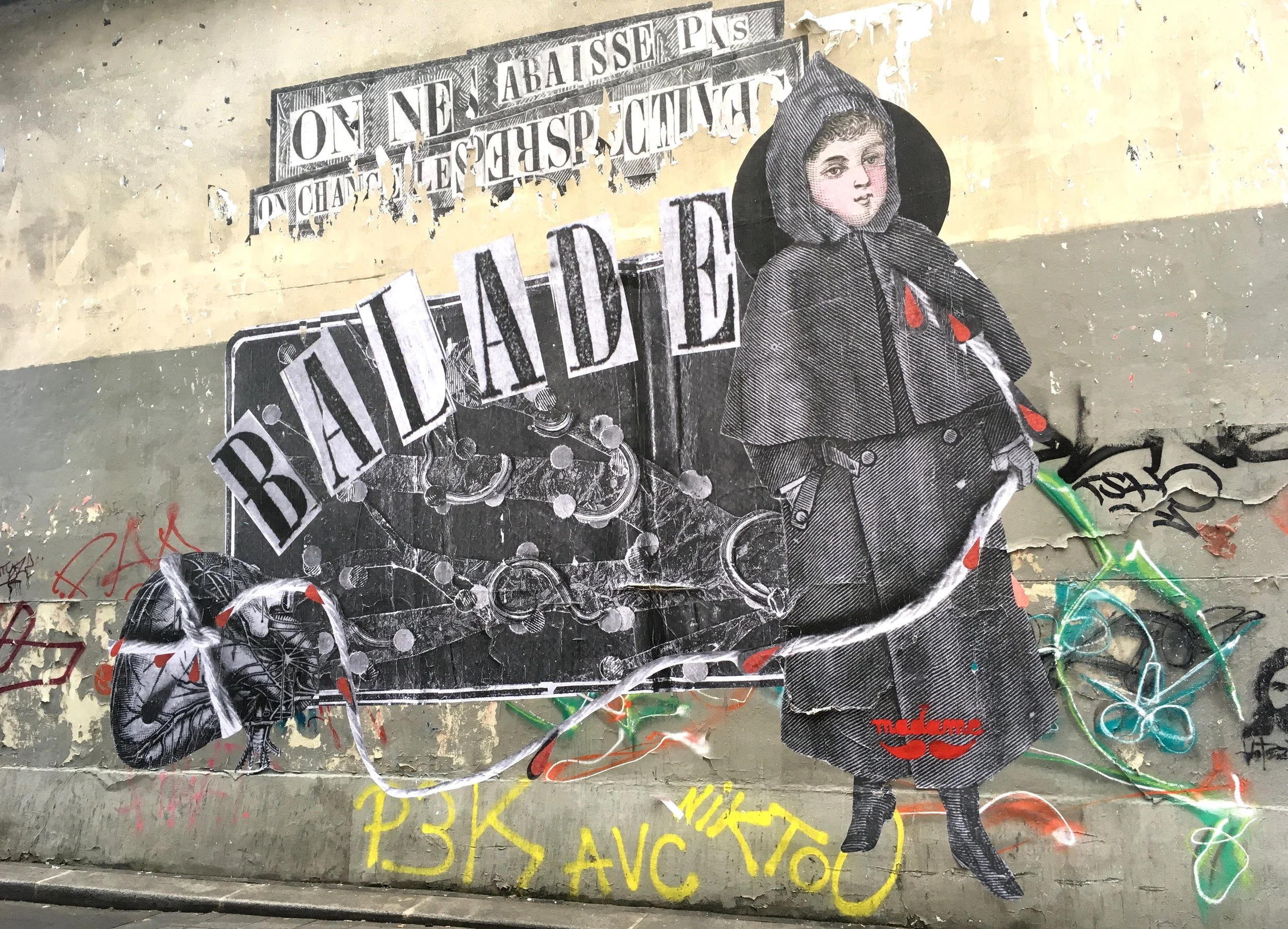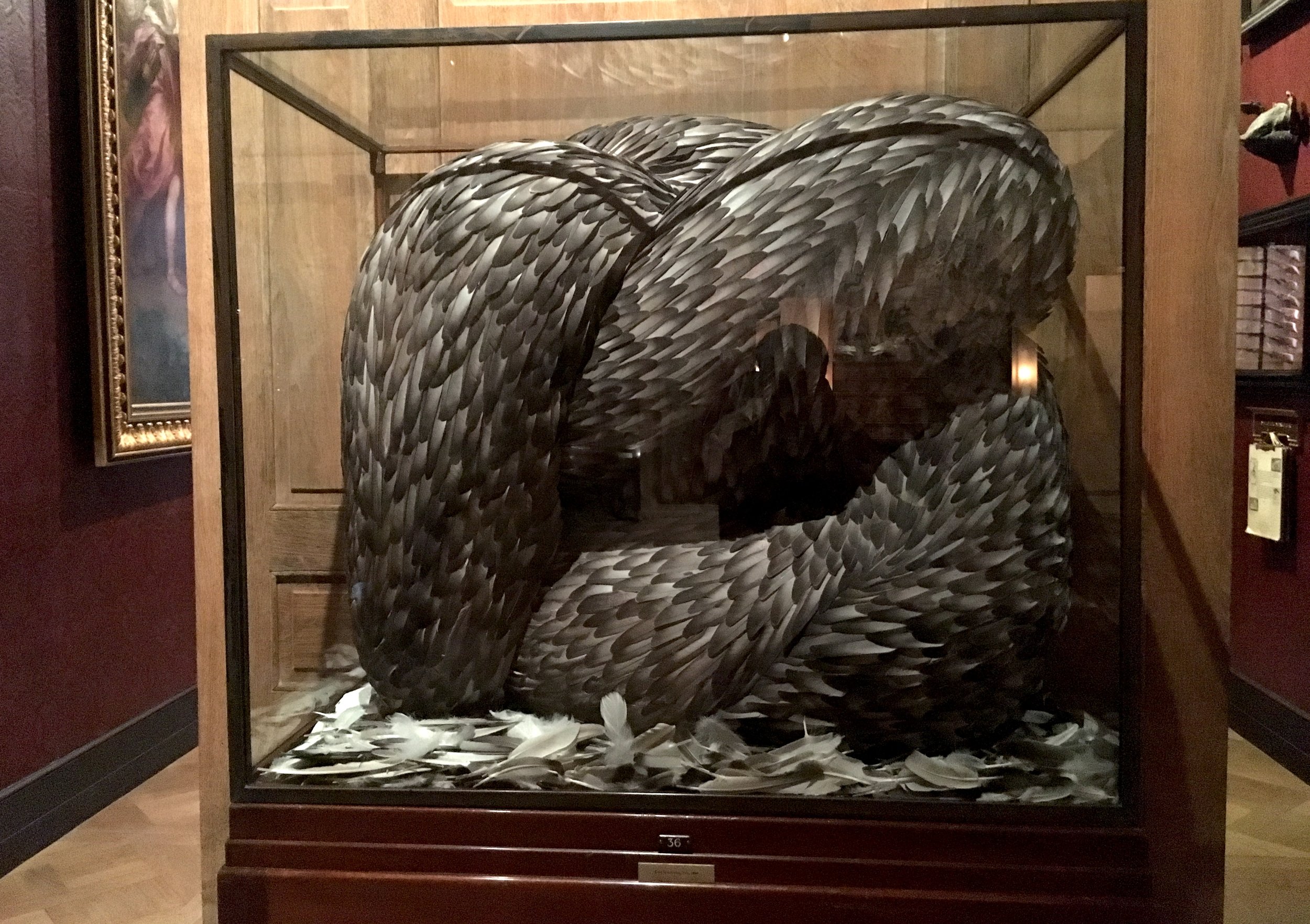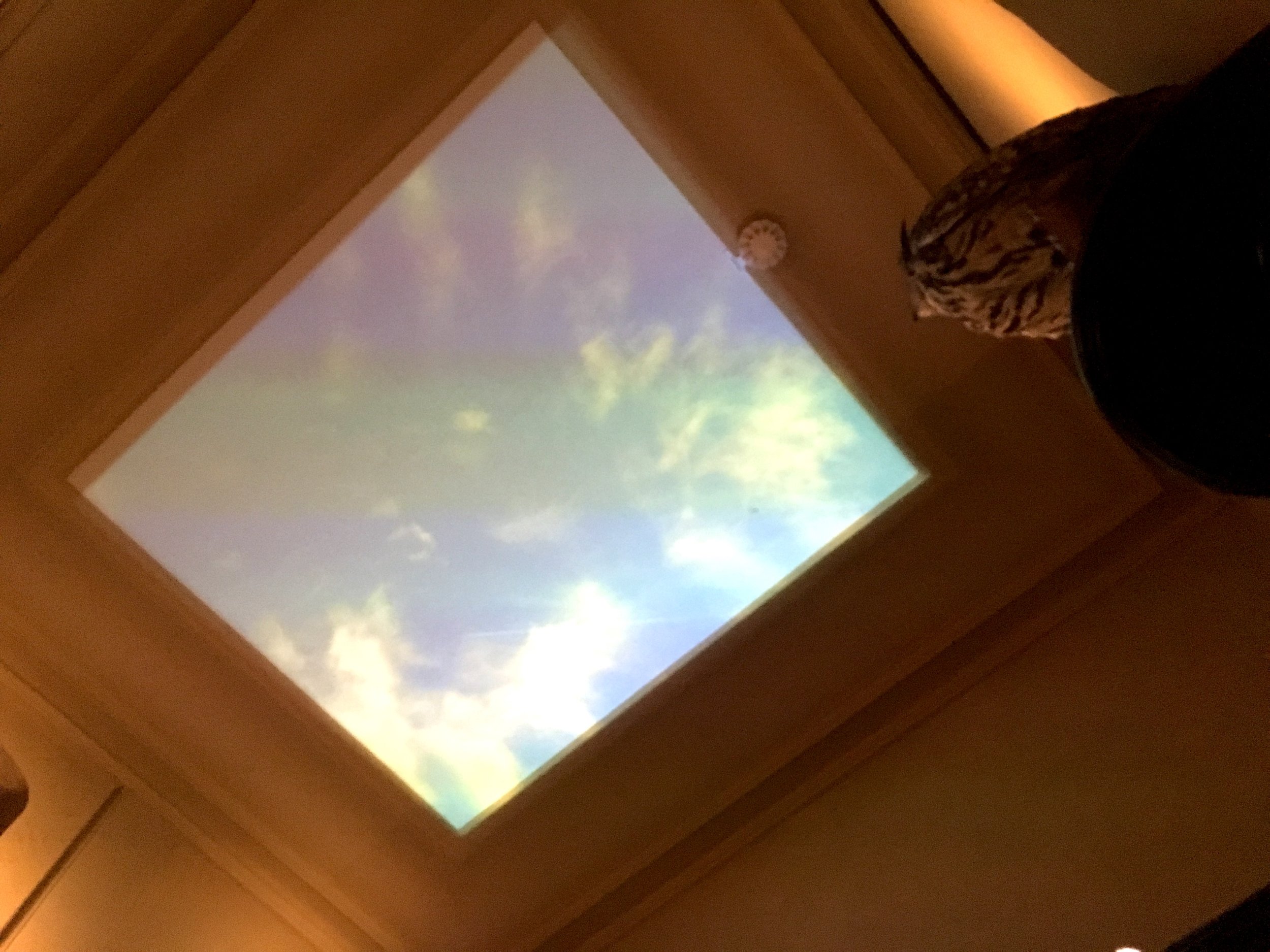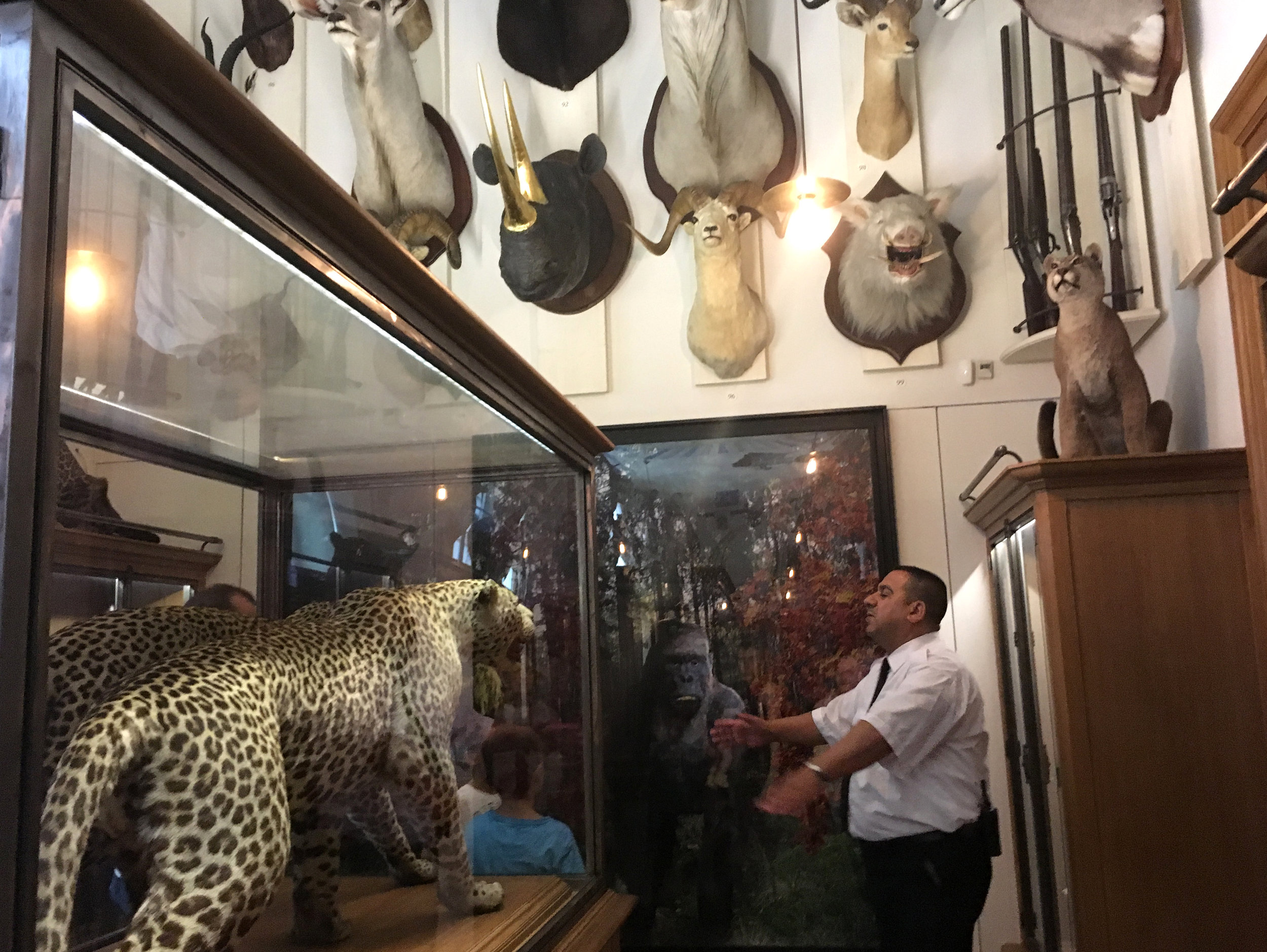Woodhouse Fish Co. (CA)
San Francisco. Exhibition and narrative are ubiquitous, including where we eat, and drink. Random objects and images displayed in restaurants and bars may be campy, and overly designed interiors may be vaguely artificial. But sometimes the story of the place and it's clientele is an authentic narrative, organically evolved and expressed from the inside out. And sometimes artifacts are smartly integrated in the space, teaching us a thing or two about exhibition design. This is true of a little seafood restaurant in my neighborhood.
The space is small, oddly shaped and split, but the many columns and corners are well incorporated as vertical display space.
There's a humble pleasure in ordinary spaces that are nicely arranged, whether it's someone's living room or a little restaurant. The negative spaces are not jarring. Flat and dimensional elements are integrated from floor to ceiling. Evidence of real TLC without too much or too little. Pulleys and ropes tie it all together.
Dignified "Most Oysters Eaten" awards, and 2 small "found pearl" vitrines add relevance through diner's participation, like signed photos of celebrities.
The window-framed monitor runs continous clips from black and white seafaring movies, such as the classic "Moby Dick".
The movie clips give the illusion of an expanse "outside", extending the little space with a sense of motion and sound. Rolling waves and seagull's cries convey the mythical drama of the sea.
Objects include historically dated hooks, reels, traps, measuring gauges, scrimshaw. All are simply labeled, and respectful of the fishermen's craft.
Little treasures include a yellowed article on kitchen hypnotism to calm a lobster.
Perhaps the narrative details in these environments are delightful because we encounter them in our "down time" in non-museum spaces, where it isn't expected and narratives are free to find meaning without official analysis. In our living rooms, we're not required to display personal objects, but we do out of our innate human need to find meaning and beauty in our story.





















